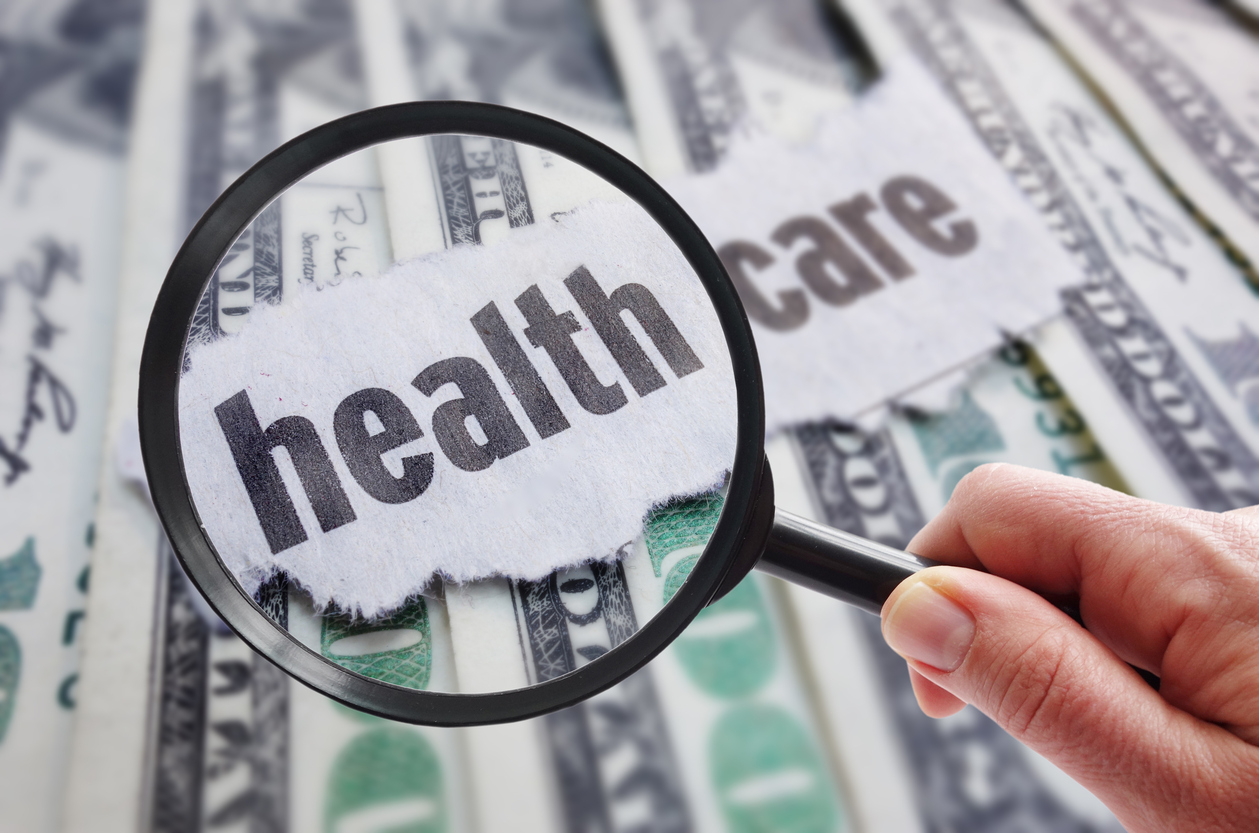“Health plans went into 2020 with no hint of coronavirus on the horizon,” Peter V. Lee, executive director of Covered California, told The New York Times. “No insurer, no state, planned and put money away for something of this significance.”
Enormous uncertainty: The range of possible cost increases is huge, but some actuaries say that expenses for insurers may not soar when all is said and done. While spending on testing and treatment for Covid-19 will almost certainly increase, spending on just about everything else, from heart surgery to hip replacements, will likely fall as hospitals cancel procedures in order to focus on the pandemic. And, gruesomely, some patients may not be able to receive care in hospitals flooded with patients. For those who are able to receive treatment, costs could range anywhere from $20,000 to more than $70,000 per patient.
Insurance for insurers: The insurance industry is pushing Congress to create a new reinsurance program to cover some portion of the cost of coronavirus claims, in order to limit the increase in premiums next year, the Times’ Reed Abelson says. A group representing employers and health care companies, the Alliance to Fight for Health Care, which recently scored a victory in its battle to keep the so-called Cadillac tax in the Affordable Care Act from taking effect, has also expressed interest in some kind reinsurance program.
Lawmakers need to act fast: Insurers will submit their proposed rate hikes in May, with approval typically occurring by July 1. While some states will likely push back against unusually large increases, others may allow them if insurers are hit with huge costs increases. Without significant federal intervention, Lee says, “[c]onsumers will feel these costs through higher out-of-pocket expenses and premiums, as well as the potential of employers dropping coverage or shifting more costs to employees.”
Critics take aim: The report of potential 40% price increases for premiums gave opponents of the for-profit health care system a new talking point, with Sen. Bernie Sanders and others suggesting that the crisis reinforces their calls for a single-payer system.












